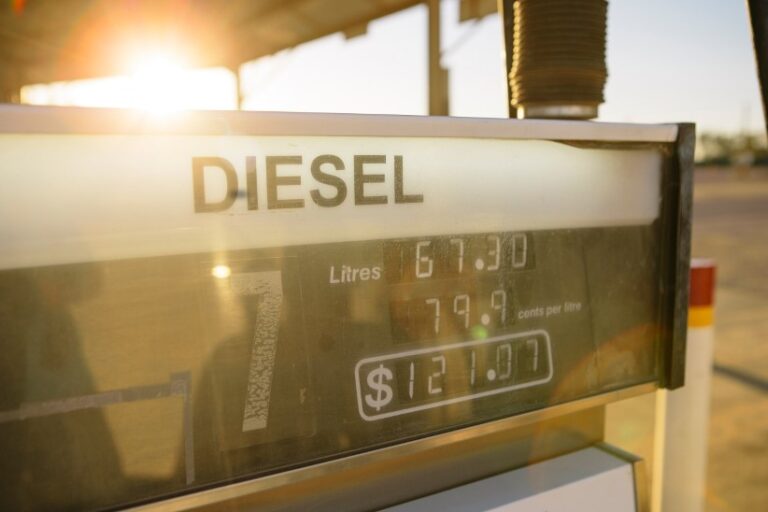This article was originally published on Fleet News.
The latest diesel cars emit significantly less nitrogen oxide (NOx) than the upcoming Real Driving Emissions 2 (RDE2) regulations will require, according to new research.
Stringent testing by German automobile club ADAC shows that some diesel cars emit almost no NOx, during on-road testing – suggesting the latest models are as clean as their petrol counterparts.
In January 2020, tougher RDE2 rules will be introduced, requiring all new models launched to achieve 80mg/km or less (60mg/km for petrol). This will be a part of Euro 6d.
A conformity factor for the on-road test will be allowed, meaning the actual limit is 114mg/km for diesels and 86mg/km for petrols – significantly higher than any of the vehicles tested by ADAC.
A year later, in January 2021, all cars sold must achieve the more stringent figures. The conformity factor will be removed by 2023.
Current rules (RDE) require diesel cars to emit no more than 168mg/km of NOx, but the worst performing car tested by ADAC – the Honda Civic diesel – emitted just 101mg/km. (See below for full test results)
Following the WLTP re-homologation exercise that took place in 2018, the introduction of RDE2 will require all car makers to re-test their entire model ranges with an on-road test.
Nearly all the cars tested by ADAC emitted less than 50mg/km and the Mercedes C 220 d had no NOx emissions at all.
The Volkswagen Golf diesel performed exactly the same as the petrol version, emitting 14mg/km of NOx.
The best performing petrol car, a Suzuki Ignis 1.2, emitted 3mg/km.
ADAC performed the tests using a portable emissions measurement device (PEMS), in the same way as the official test.
Under the current company car tax rules, diesel vehicles that achieve RDE2 will not require the 4% diesel surcharge to be included in a drivers benefit-in-kind tax.
Currently, only the Mercedes A 220 d and B 200 d have been officially tested and approved under the regulations.
Jaguar has confirmed that the XF range will feature RDE2 approved engines by the end of the year.






